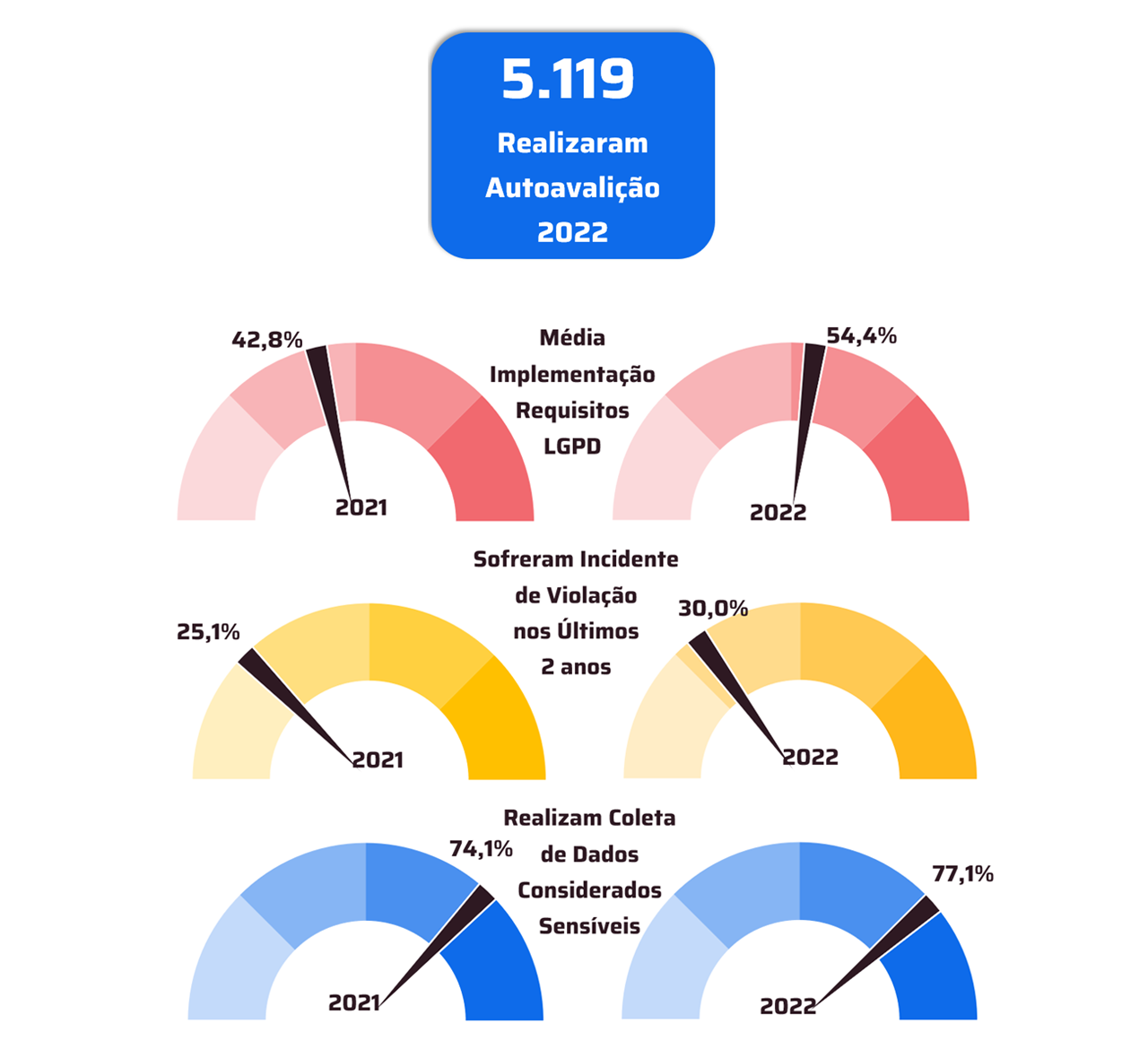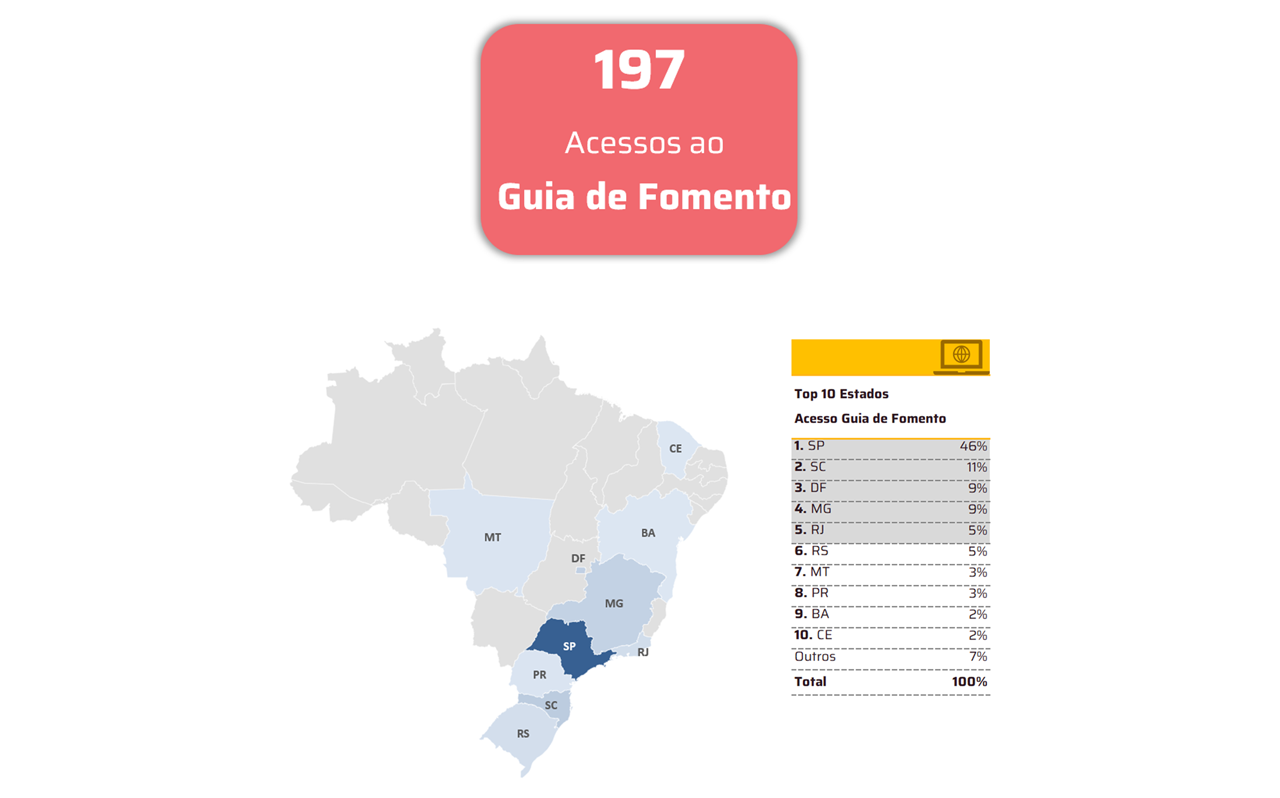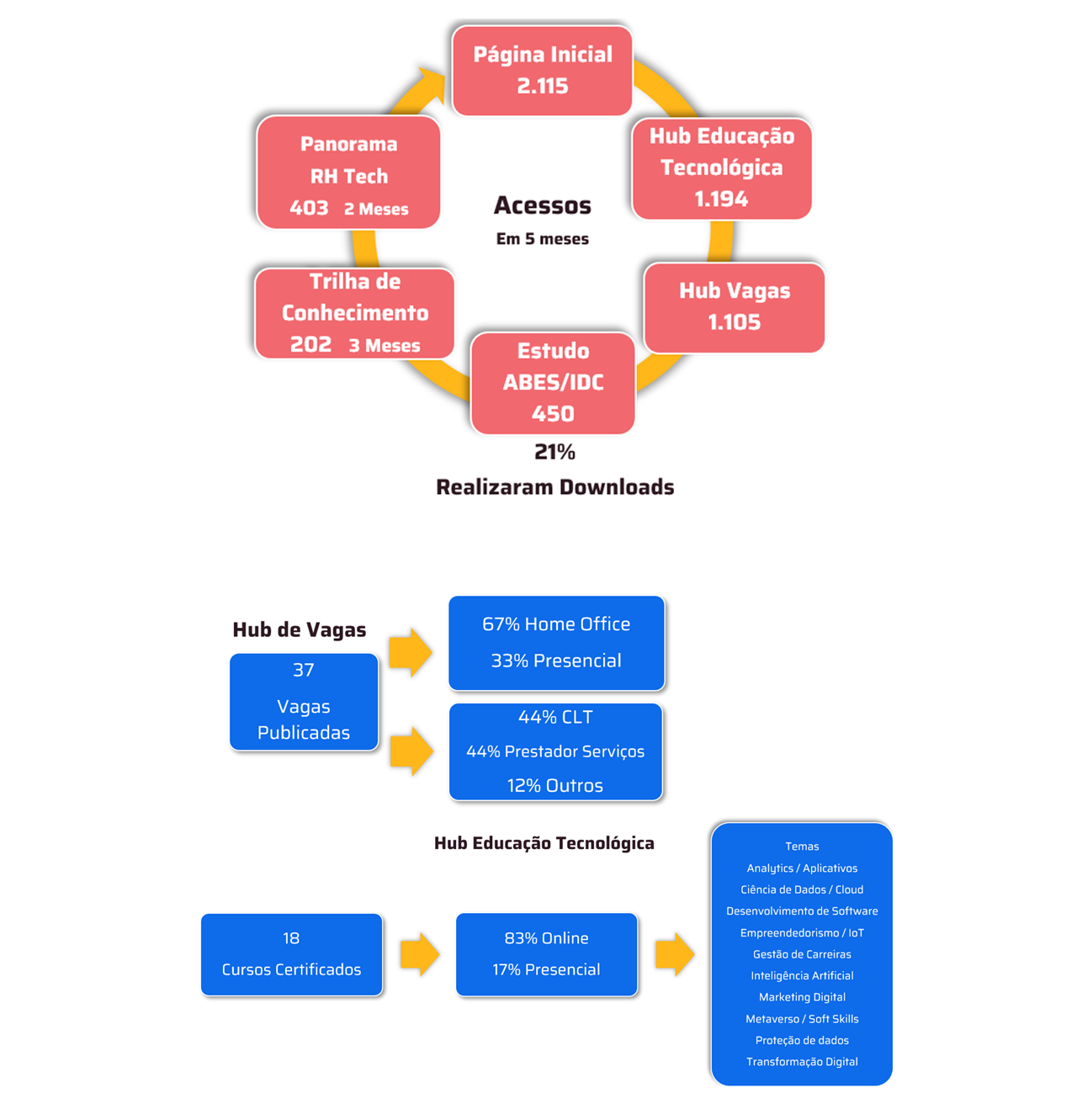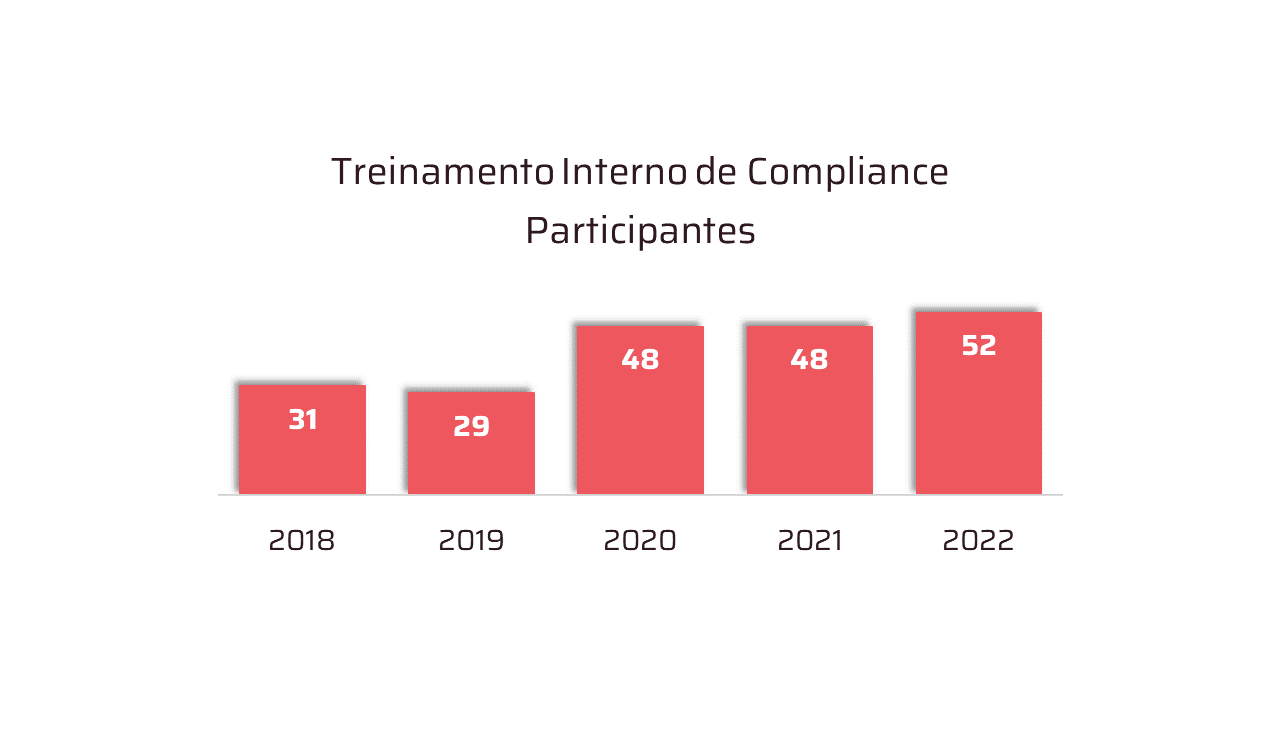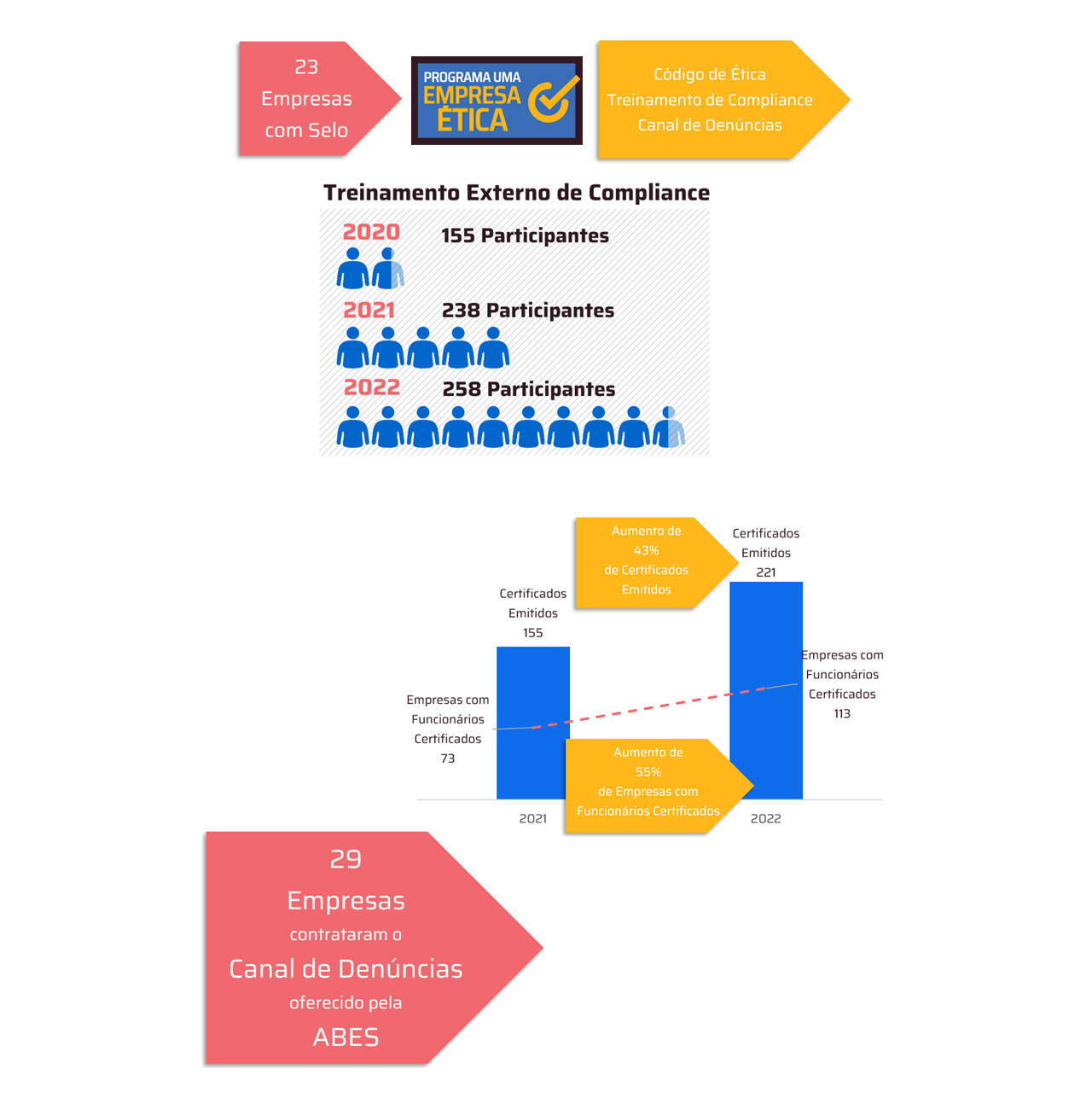 * By Francisco Camargo
* By Francisco Camargo
Some milestones in the evolution of cybersecurity
Pioneers
The first computer virus was created in 1971, without malicious intent. It was a kind of proof of concept. Called Creeper, it infected computers connected to the ARPANET (precursor to the Internet) and displayed the message “I'm the creeper, catch me if you can!”.
In 1974, the virus created was not so nice. When it entered a computer, Rabbit (or Wabbit) duplicated itself, making several copies of itself, greatly reducing the system's performance and even crashing the machine.
Needless to say, since then, what was known as a virus, in addition to becoming highly harmful, has taken on unimaginable forms, mainly for financial reasons. The list is long: warm, phishing, ransomware, Trojan horses, infostealers, etc.
On the other hand, the defense had to become more professional. In 1987, the first commercial antiviruses were launched: Anti4us and Flushot Plus. From then on, developments, both sides, never stopped, especially with the popularization of the use of the Internet.
In Brazil, the most significant advances in cybersecurity were made in the late 1990s. Distributors brought to the country, in 1997, one of the world's first firewalls from On Tecnology, which was later absorbed by the Israeli Elron.
At the time, firewall manufacturers had to develop their own OS (operating system), which required two development teams, one for the OS and one for the firewall.
In this era, yes we can say era, because the evolution is exponential, pioneering distribution companies brought, in addition to the Firewall from On Tecnology (Boston, Ma), Auditrack from EG Software, later WebTrends (Portland, Oregon), IPS from Intrusion Detection (New York, Ny) and X-Ray, a sniffer from Cinco Networks (Atlanta, Go).
As you can see, people had not yet gathered in Silicon Valley in California.
Linux
Everything started to change with Linus Torvald, in 1991, and the spread of Linux (open source) which is now adopted by almost all cybersecurity software manufacturers.
Snort
Another important change began with Martin Roech in 1998 with the creation of the open source SNORT, the basis of many IDS/IPS, which arrived in Brazil in 2005.
Artificial intelligence:
In 2017, it was the turn of endpoint protection, created in Israel in 2013 and entirely based on Artificial Intelligence, to arrive here.
As Intelligence has become available to everyone, it is only natural that cybercriminals would start using its full potential.
Today, the spread of cybercrime is devastating and occurs for a variety of reasons, in addition to financial ones, such as hacktivism, industrial and government espionage, knowledge theft, etc. Cybersecurity, therefore, is evolving rapidly to prevent cyber attackers from taking over networks and everything in them.
*Francisco Camargo is Vice-President of the Deliberative Council of ABES, CEO of CLM, Latin American value-added distributor, focused on information security, data protection, cloud and data center infrastructure.
Notice: The opinion presented in this article is the responsibility of its author and not of ABES - Brazilian Association of Software Companies





